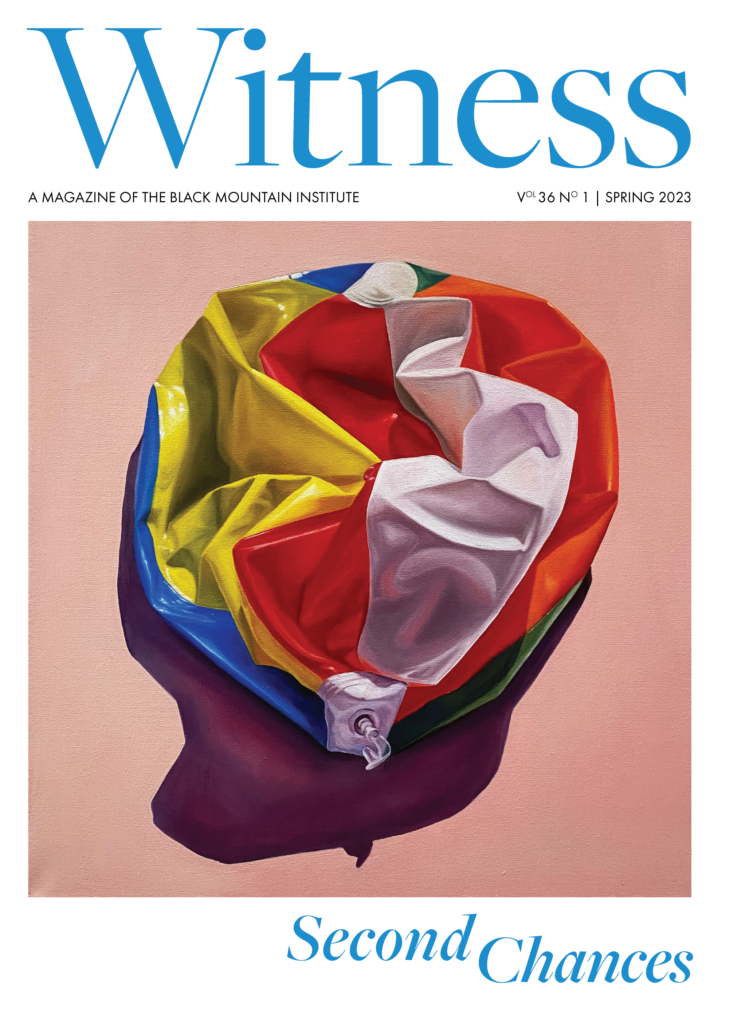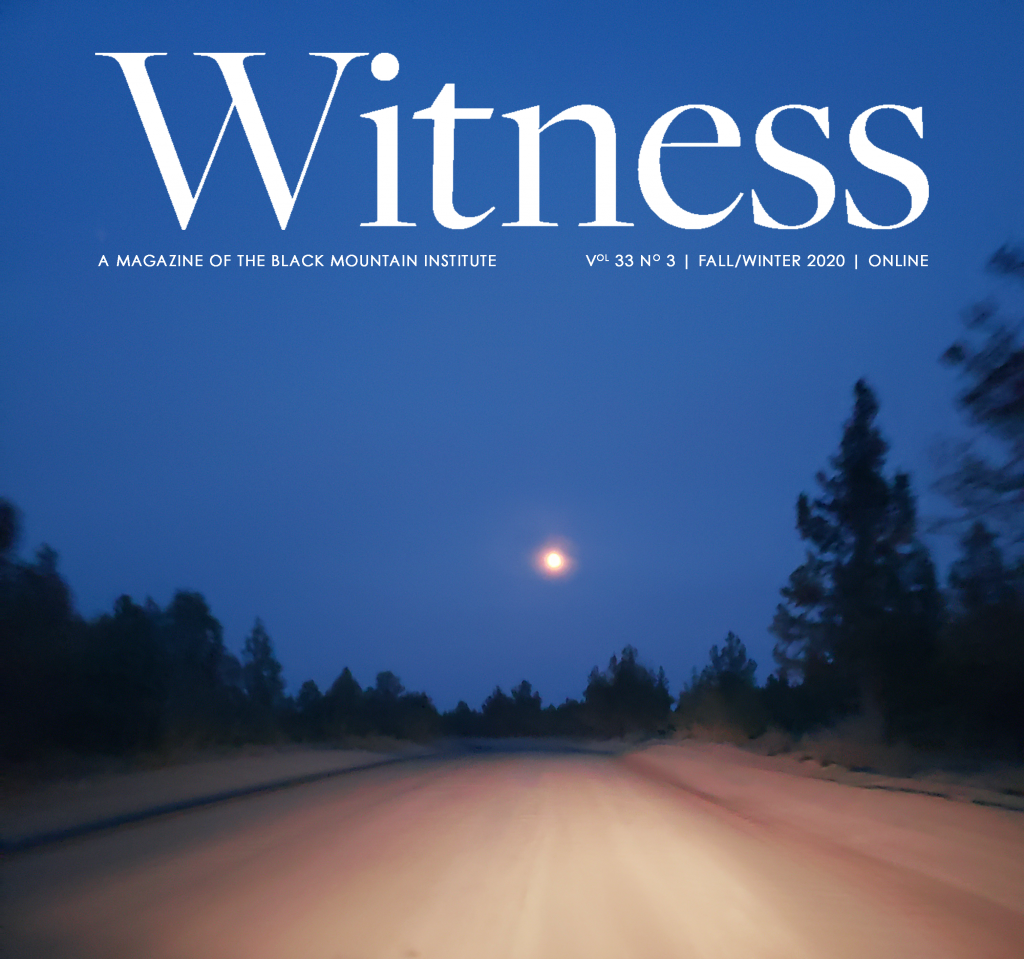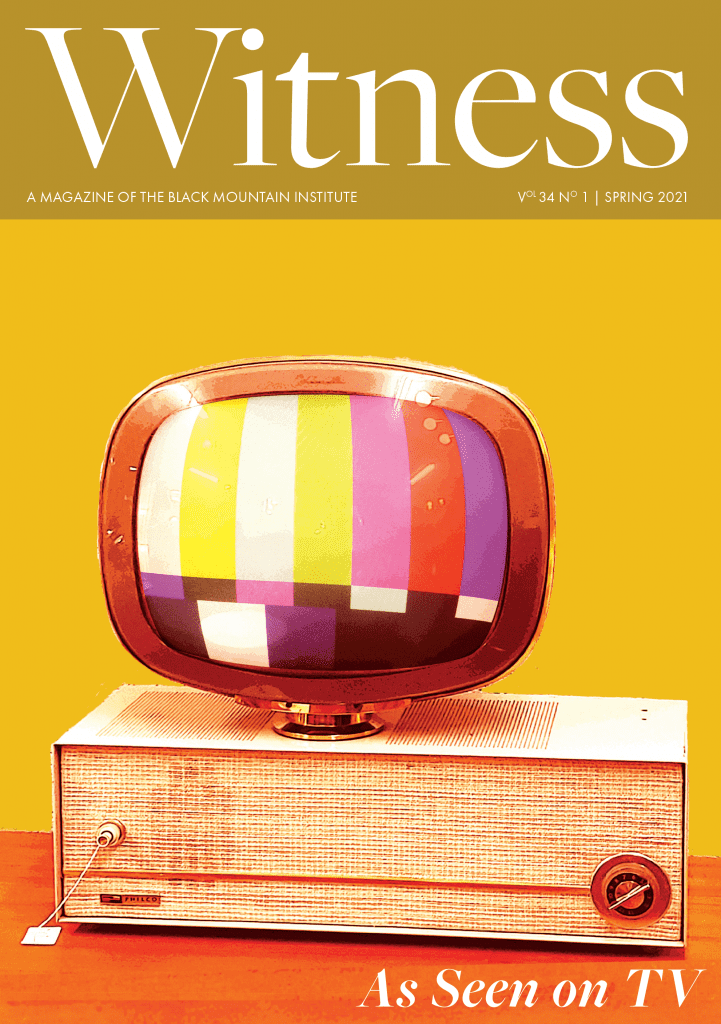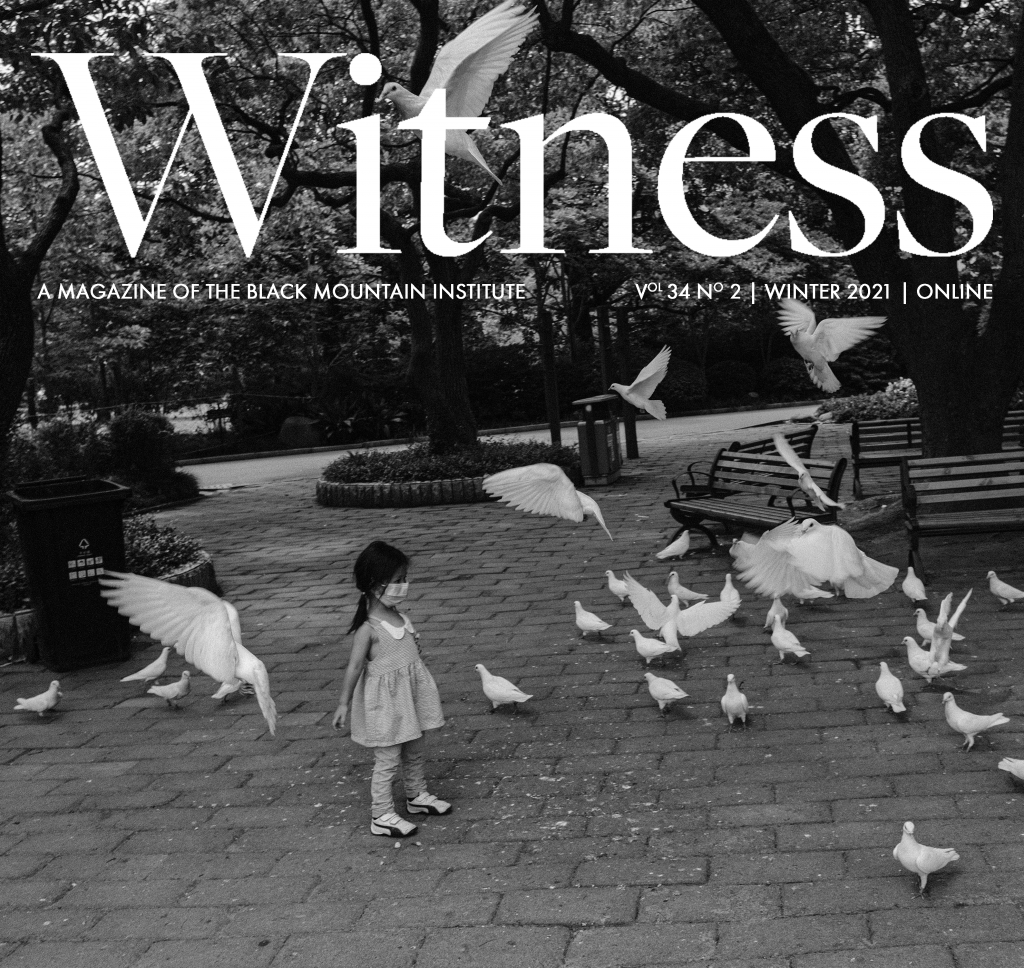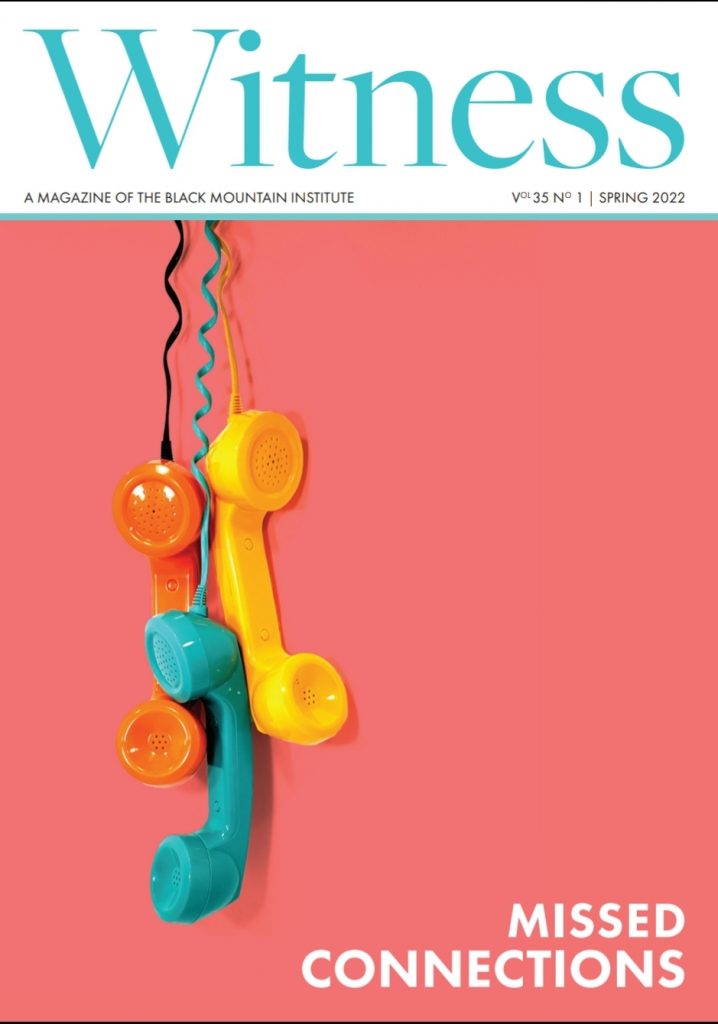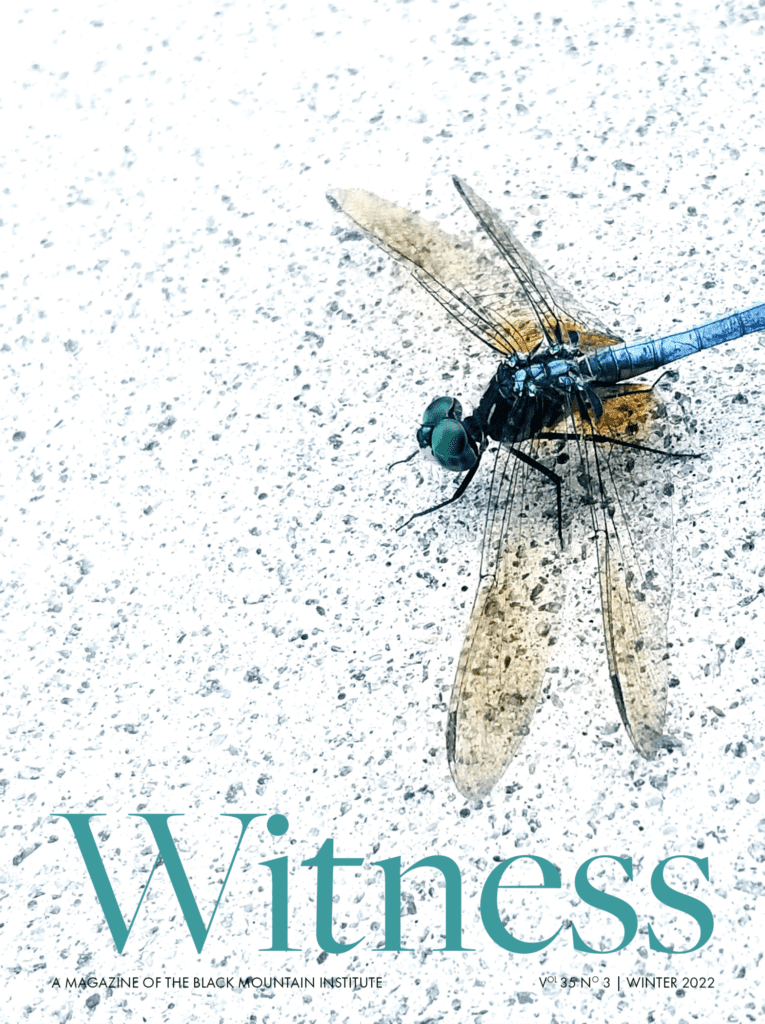(Page 6 of 7)
And that’s what it is. They don’t love her; they love themselves.
What Elmgreen and Dragset were quite literally reflecting on is an ugly run of intolerance that has settled into Danish society, and has everything to do with Islamophobia in the post-Sept. 11 world.
In 2009, Denmark refused political asylum to the Iraqi refugees it had been hosting. Time to go home. Home? the Iraqis asked. A Copenhagen priest took them into Christiansborg, where they invoked the ancient claim of sanctuary. Danish police broke through the buffer of protestors on the cathedral’s steps and forcibly removed the refugees, deporting them to Baghdad. And what should happen as a result?
A photograph of Integration Minister Birthe Ronn Hornbech’s head was affixed to Den lille havfrue. A sign was strapped to the statue’s chest: “Send Birthe til Kina I stedet.” Send Birthe to China instead.
Yes! I practically clapped. Sing it, sister. The mermaid speaks.
It’s sweet because the very first mermaid stories, ca. 1000 BCE, are from Assyria, modern-day Iraq. You scratch my patina-scummed back, and I’ll scratch yours.
I have thought about how I might deface Den lille havfrue, and I’ve decided I would take my cue from Elmgreen and Dragset. I’d make a chalkboard in the shape of a speech bubble and stake it beside her mouth, then leave a box of chalk. Anybody could come and put words in her mouth, ideas into the head of this avatar.
“Catch me if you can,” I’d begin. Make her a temptress like the ancient, victimizing Sirens, the ones who obliged Odysseus to lash himself to a mast.
Outside of Nordic folklore, most people long held that mermaids would drown men—they were trouble. Andersen’s story was a first, a humanizing portrait of these scaly quasi-women, and after it mermaids were made nice.
HALS, ELLER NECK
Heidi takes me to Legoland in Billund (Lego is Danish). I am loitering at the scale model of Nyhavn—those ideal, colorful townhouses and trim sailboats—when it occurs to me. I follow the petite waterfront, scanning it for an even littler Den lille havfrue. Mikkel shrugs. How do I know she’s here?
“She must be.” I squint. They wouldn’t have left her out. I double around.
I find her sitting there in her way, several Lego people on the bank having their look-see. What more am I looking for?
—
In time I am striding to my gate through CPH, homeward bound. I notice by the bar a replica Den lille havfrue about a fifth the size of the real one. Looking at the time—I have more than an hour before boarding call—I hunker down with a Carlsberg, chewing on pimento olives and crackers and baking ideas about the nature of roughing up mermaids.
When I am ready to go, I ask another patron to get a picture of us, then thank him and shoulder my carry-ons.
Vi ses. See you later. I tweak her nose. And I blow her a kiss.
Out my window, under the plane’s wing, the clouds are ocean lather.
The last time I saw her, grey swans were bobbing off by docked yachts. And then, right off the page of Andersen’s “The Ugly Duckling,” a snow-white swan glided over. The chic woman next to me pushed her sunglasses onto her head and pointed out to a child, “Le vilain petit canard.” I knew what she said though I don’t speak French. The ugly duckling. Disney considered doing Andersen’s “The Little Mermaid” in the 1930s for their Silly Symphonies series; instead, they chose the late bloomer’s story.
I watched the severe bird swim circles around Den lille havfrue, its neck like a question mark, taunting her. The national bird of Denmark is a territorial jerk. Danish parents often warn their children: “Hvis du kommer for tæt på en svane, så kan den brække din arm.” If you go too close to a swan, it might break your arm. All the tourists clucked in their languages.
“Do you not love me the best of all?” the eyes of the Little Mermaid seemed to say.
Behind her, the waterscape appeared like wrinkled bedsheets. Her silence didn’t seem like voicelessness then.
SJÆL, ELLER SOUL
At first, Walt Disney Studios didn’t know how to create Ariel. Would she be cute, or exotic? They came up with a spirited, head-strong sweet-sixteener based on live-action model Sherri Stoner and teenage Alyssa Milano.
Not since the 1950s had animation been a key venture of The Walt Disney Company, but Ariel turned the tide. In the wake of The Little Mermaid came a wave of success—Beauty and the Beast (1991), Aladdin (1992), The Lion King (1994)—that became known as the “Disney Renaissance.”
But the bond between creators and their brainchildren can strain. As did Pygmalion’s Galatea, Den lille havfrue has come into her own. “Galatea,” Shaw tells us, “never does quite like Pygmalion: his relation to her is too godlike to be altogether agreeable.”
Which reminds me. A stanza from a Debra Cash poem, “The Mermaid Sets the Story Straight”:
Hans lied. He didn’t know the prince was just an excuse
for me to change my life, to stop being a sister, a daughter.
No longer the lovesick thing Andersen created, the Little Mermaid’s mien is all knowing. She’s not mute after all; she’s actually quite conversational about Danish socioculture, how wide but readable the world is, how we gain insight from low-profile things. Behold the mermaid.

